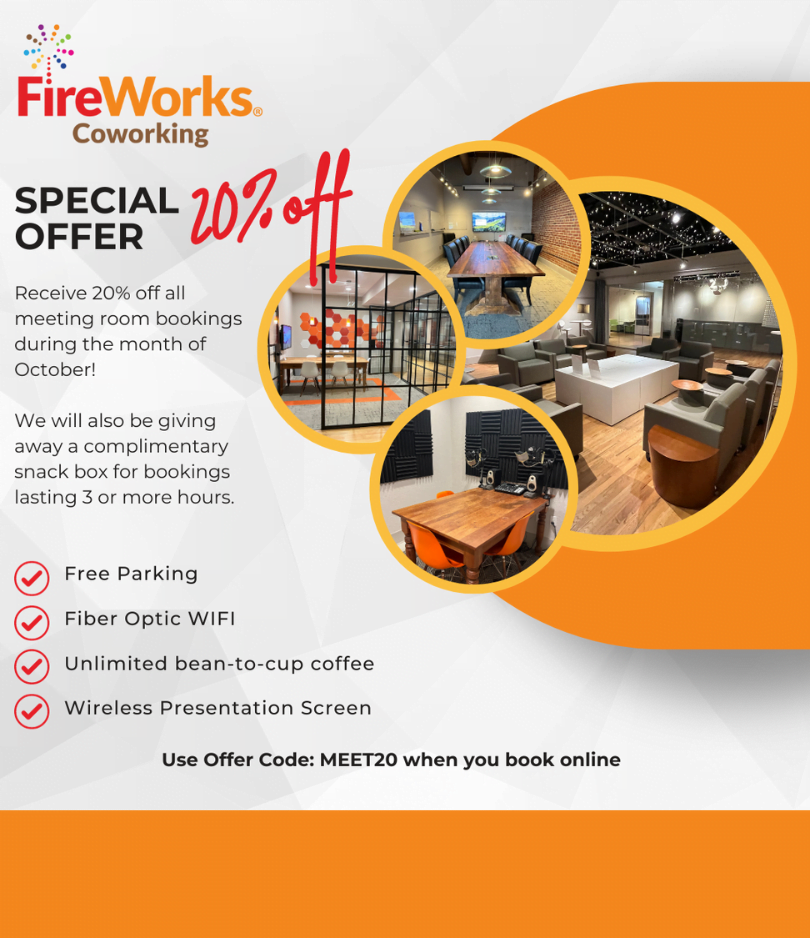Running a small business is demanding, and automating tasks can be essential to keeping up with both growth and daily operations. Customer Relationship Management (CRM) systems come equipped with built-in automation, and third-party integrations, like Zapier, further extend these capabilities. With the right mix, business owners can streamline operations, reduce manual work, and focus on providing personalized customer experiences. Here’s how to leverage both CRM automations and integrations to save time, increase engagement, and optimize business processes for growth.
Way 1: Automate Repetitive Tasks to Boost Efficiency
For busy business owners, handling routine tasks like scheduling, reminders, and email follow-ups manually can take up a significant amount of your time. CRM platforms like HubSpot or Salesforce often come with user-friendly automation tools that handle these tasks seamlessly. For instance, automating follow-up emails and calendar reminders directly in a CRM can save several hours each week, while ensuring consistency. According to Freshworks, companies that implement automation for daily tasks report saving 10-20% of their time each week.
Integrations: For more flexibility, Zapier offers integrations that connect CRMs with other tools such as Google Calendar and Slack, allowing further customization. By setting up a “Zap,” business owners can automatically send meeting summaries to their team’s Slack channel, or sync new calendar events to a shared team document, ensuring that everyone stays updated without extra manual effort.
Example in Practice: An independent consultant can automate their CRM to follow up with clients 24 hours after meetings. With a Zapier integration, they can also automatically add new leads from Google Forms to their CRM, creating a time-saving, efficient workflow that catches no lead unaddressed.
Way 2: Streamline Social Media Engagement and Scheduling for Consistency

A consistent social media presence is vital to brand visibility, but it can be a significant time investment. CRMs with social media integrations let businesses automate post scheduling, monitor engagement, and even respond to comments across platforms. With CRM-linked social media automation, small businesses can maintain an active online presence and track customer engagement from one central location. According to Nucleus Research, companies using social CRMs see a 51% increase in their total ROI.
Integrations: In addition to CRM-native automations, integration tools can work with your CRM social media schedulers like Buffer or Hootsuite. This extends reach by automating processes like posting new content, resharing popular posts, or notifying the team when a customer comment needs urgent attention.
Example in Practice: A retail store owner can set up an automation in their CRM to schedule weekly product posts across platforms. Through Zapier, they can further extend this by tracking new followers, automatically adding their information to the CRM, and personalizing their outreach strategy based on social engagement.
Way 3: Enhance Customer Retention with Targeted Follow-Ups
Effective customer retention hinges on consistent, personalized communication. With a CRM, businesses can set up automated follow-up messages based on customer history, purchase behavior, or even engagement preferences. CRM automations allow businesses to easily send relevant, personalized content to segmented audiences by utilizing custom fields and custom values. This allows you to create a tailored experience that keeps customers engaged. Research shows that companies using CRM-based personalized outreach see up to a 93% increase in customer retention.
Integrations: Integration tools can help extend this by allowing data to flow between a CRM and customer service platforms, such as HelpScout or Flodesk. This enables small businesses to respond automatically when a high-value customer submits a support request, or alert the sales team if a customer’s behavior indicates a potential upsell opportunity.
Example in Practice: A local gym can automate follow-ups in their CRM, targeting members based on attendance. Those with low attendance could receive motivational tips, while frequent attendees get loyalty offers. Integrating with an email marketing tool through Zapier allows the gym to further personalize these communications, like automatically delivering tips specific to each member’s workout history.
Way 4: Optimize Lead Generation and Management for Growth

Finding and nurturing leads is essential, and automation can make it far more efficient. CRMs equipped with lead capture tools automatically able to store lead information, assign follow-up tasks, and schedule timely engagements based on lead behavior. Research indicates that businesses using automated lead management see a 20% reduction in customer acquisition costs, as lead qualification and follow-ups are streamlined.
Integrations: Zapier’s integration capabilities further enhance this by connecting your CRM to various lead-generation channels like LinkedIn or Facebook. This way, businesses can automatically capture and store contact information from new leads who engage on social media, initiate timely follow-ups, or even prompt customer success teams to provide additional resources.
Example in Practice: A marketing consultant can leverage CRM automation to capture and nurture leads directly from their website form. Integrating with LinkedIn through Zapier allows them to instantly engage any new lead who fills out a consultation form, significantly reducing manual effort and ensuring timely follow-ups to potential clients.
Way 5: Automate Sales Processes for Improved Conversion and Insight
A structured sales pipeline is essential to conversion, and CRM systems provide the tools to track customer journeys, manage contacts, and evaluate sales performance. Automated workflows can trigger notifications for upcoming meetings, prioritize high-potential leads, and create end-of-month performance reports. Companies implementing CRM automation in sales processes see a 30% revenue increase, as data insights become actionable in real-time.
Integrations: For more insight, Zapier can connect the CRM with analytics tools like Google Sheets or Tableau. Sales teams can see every stage of the pipeline in one view, and data integration allows instant adjustments to strategies based on real-time performance metrics.
Example in Practice: A boutique agency can use CRM automation to track client interactions and stages of each deal, with follow-up reminders that optimize response time. Using Zapier, they can also integrate a Google Sheets tracker to create a weekly overview, ensuring that the entire team can view and adapt based on pipeline performance.
Conclusion

Automation doesn’t replace the unique elements that make small businesses thrive; it amplifies them by reducing time spent on routine tasks and improving consistency across the board. Leveraging both CRM-native automations and integration tools gives business owners flexible, personalized ways to manage their daily workload and growth initiatives. By implementing these strategies, small business owners can improve efficiency, customer satisfaction, and revenue potential—without losing their personal touch.





